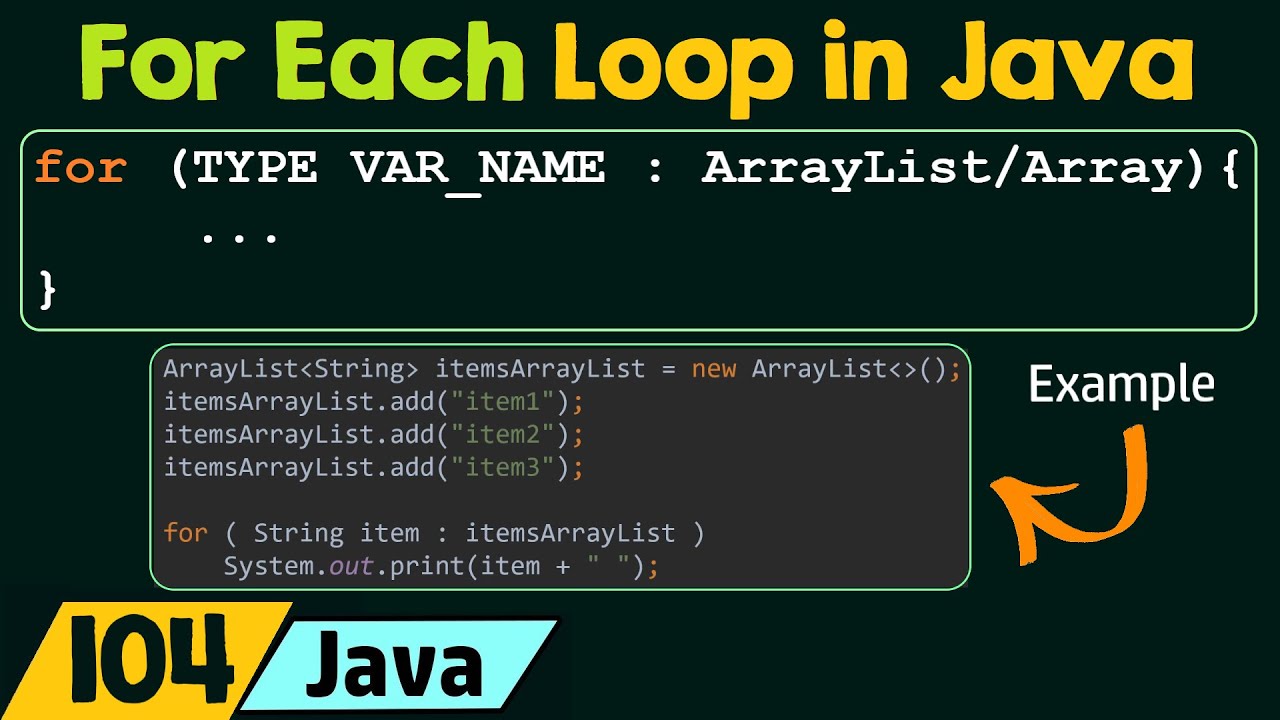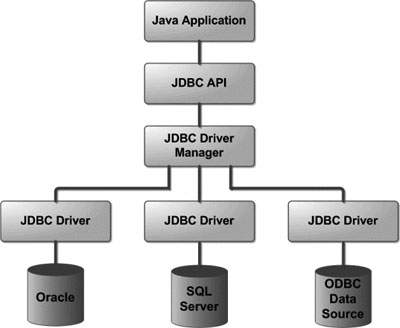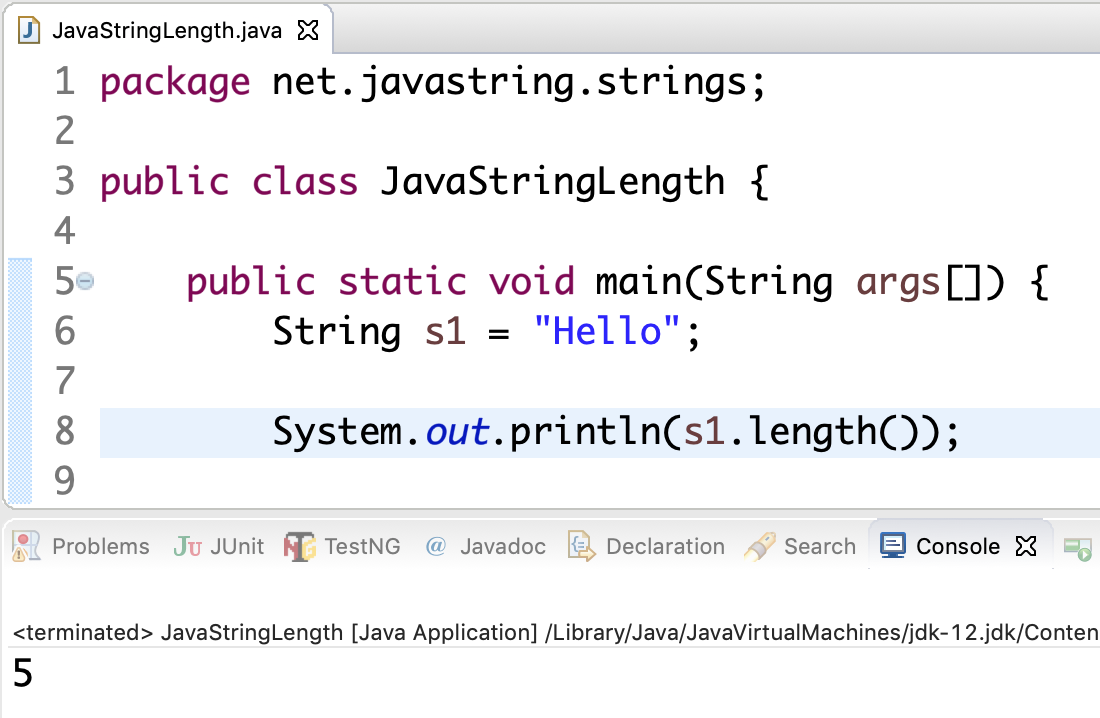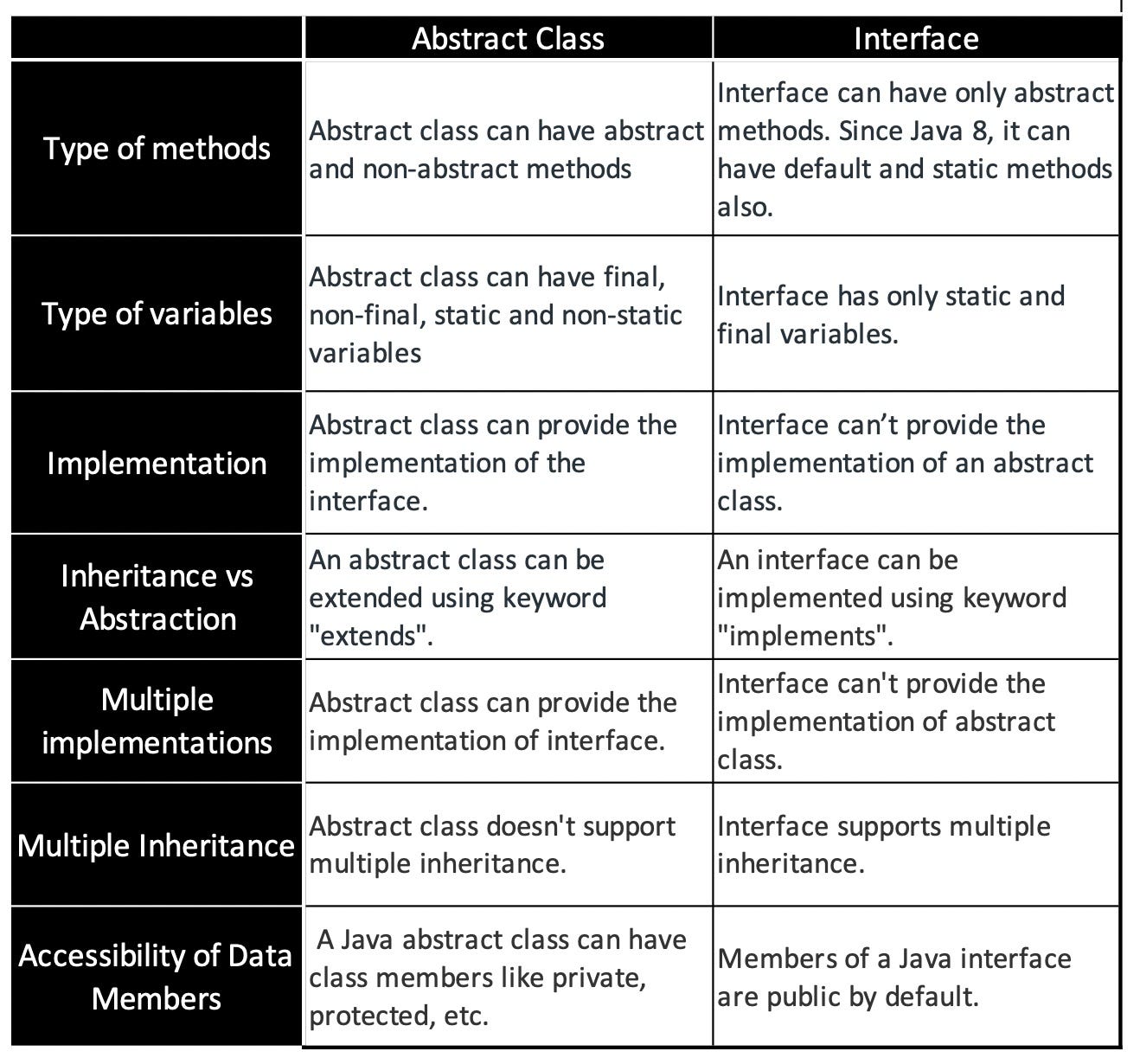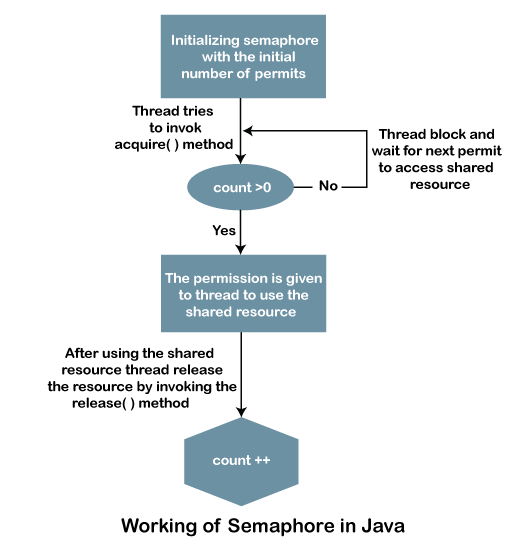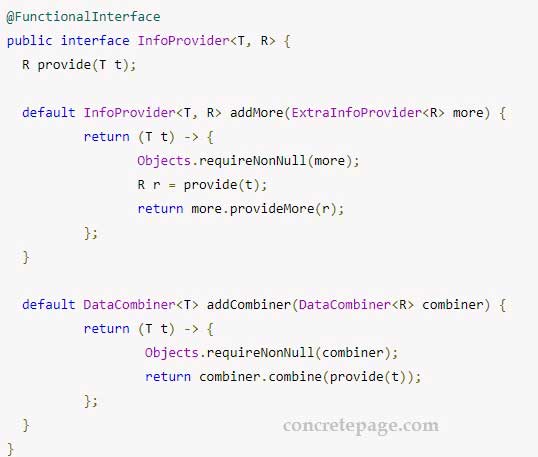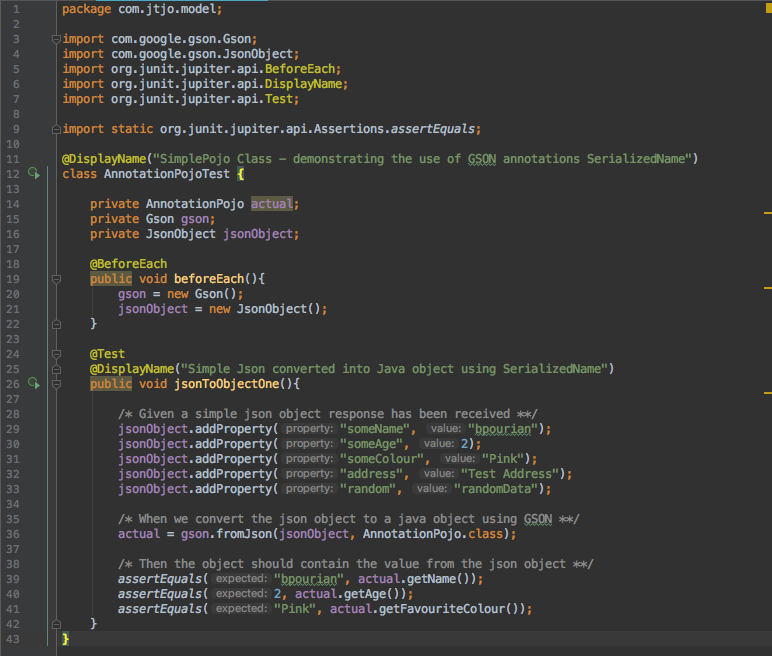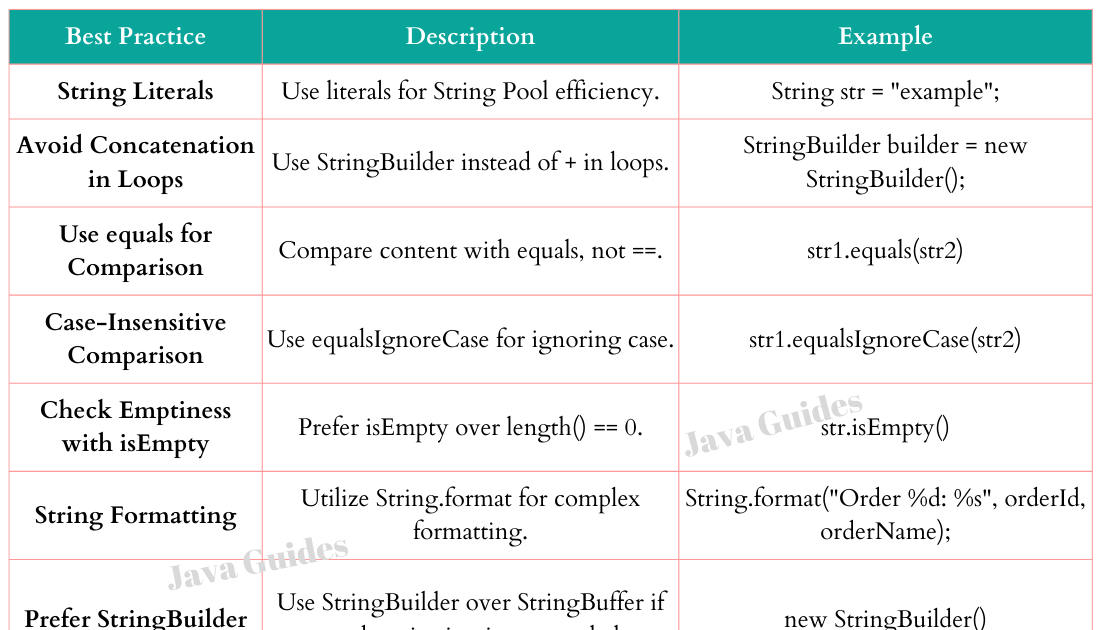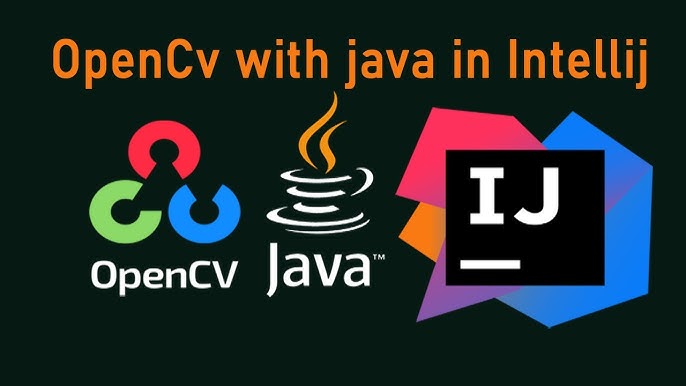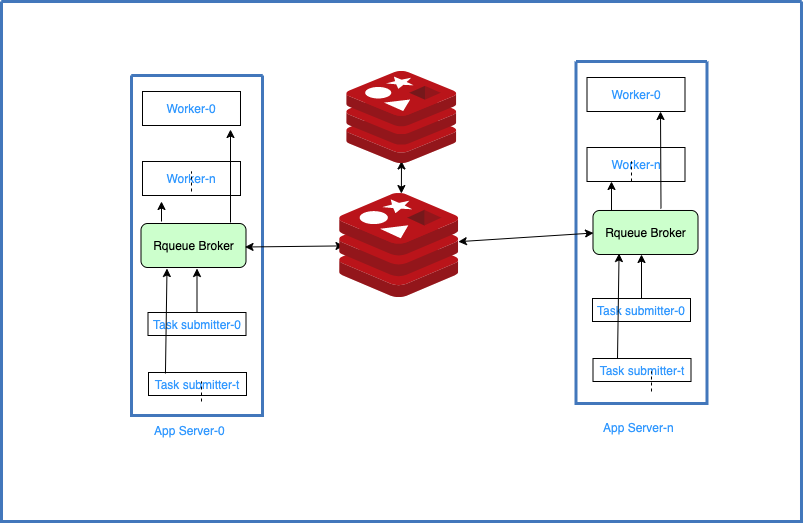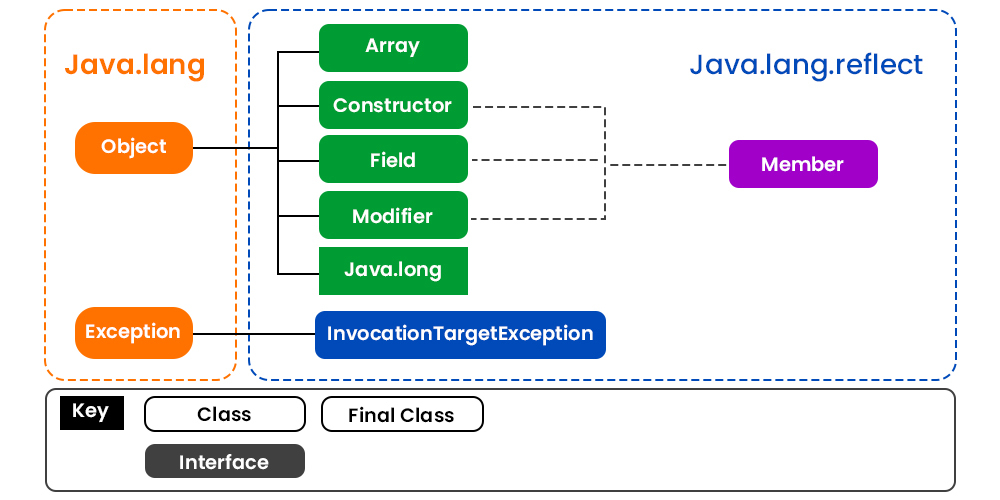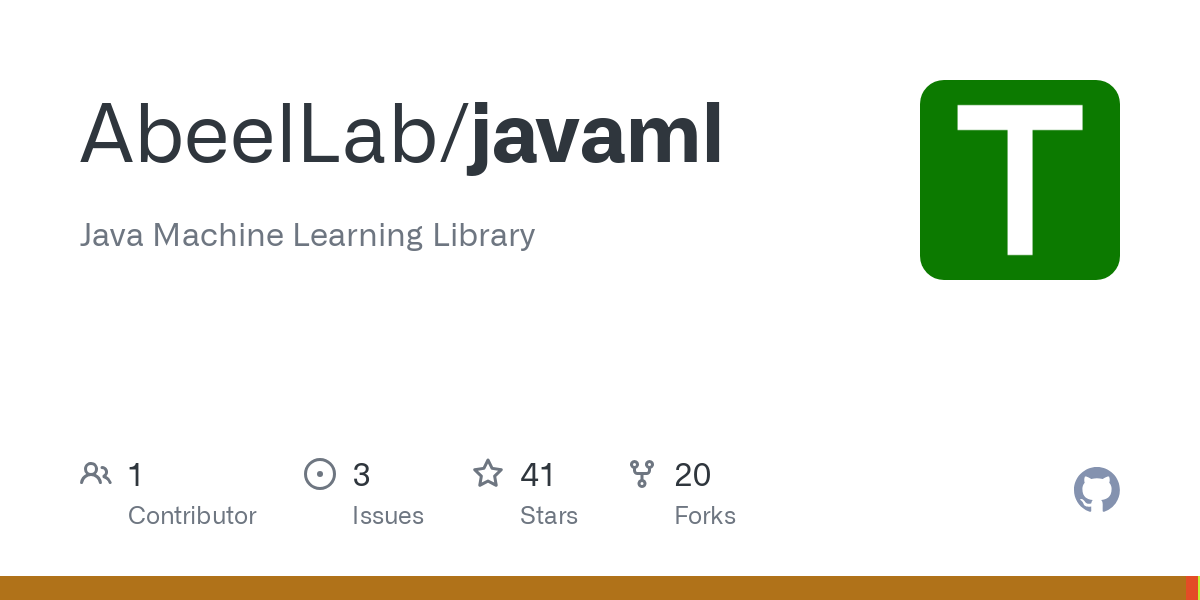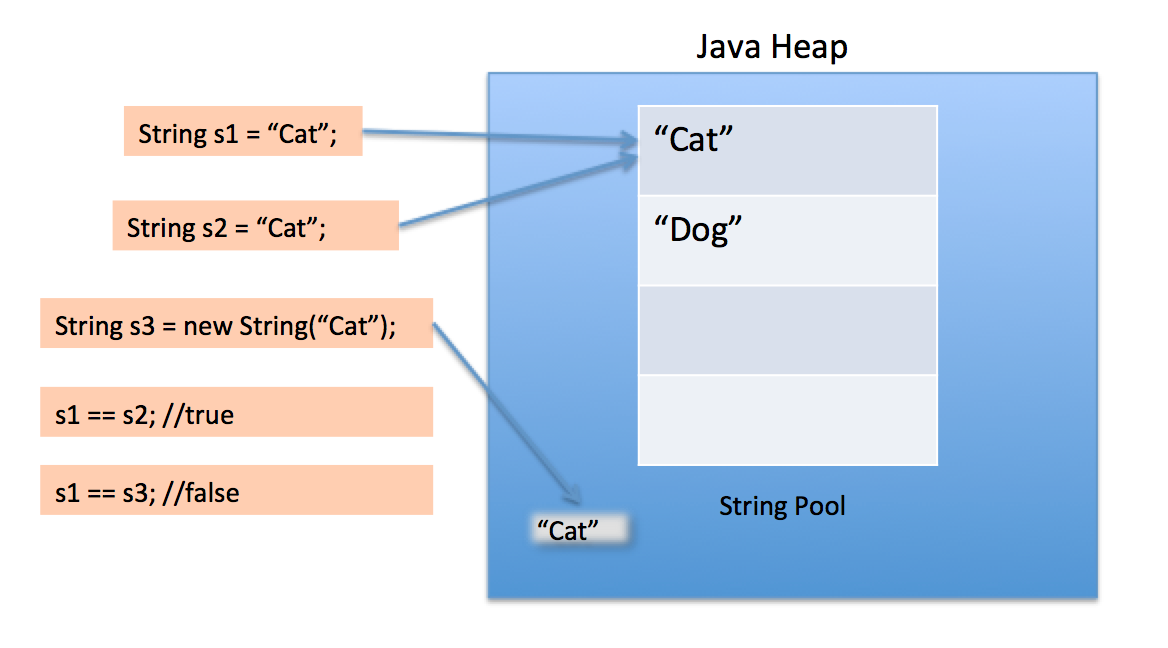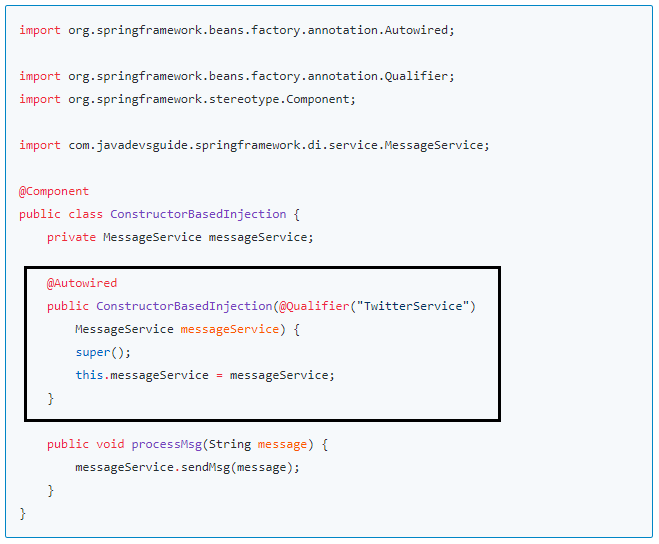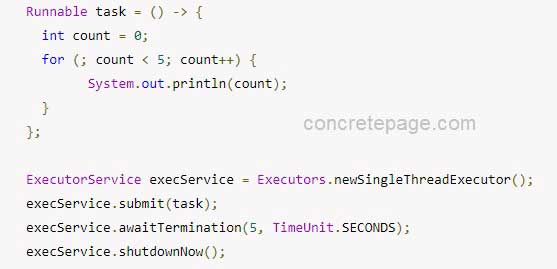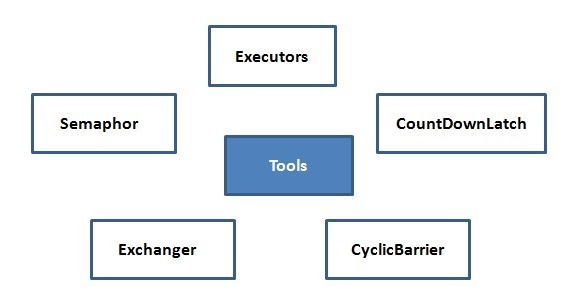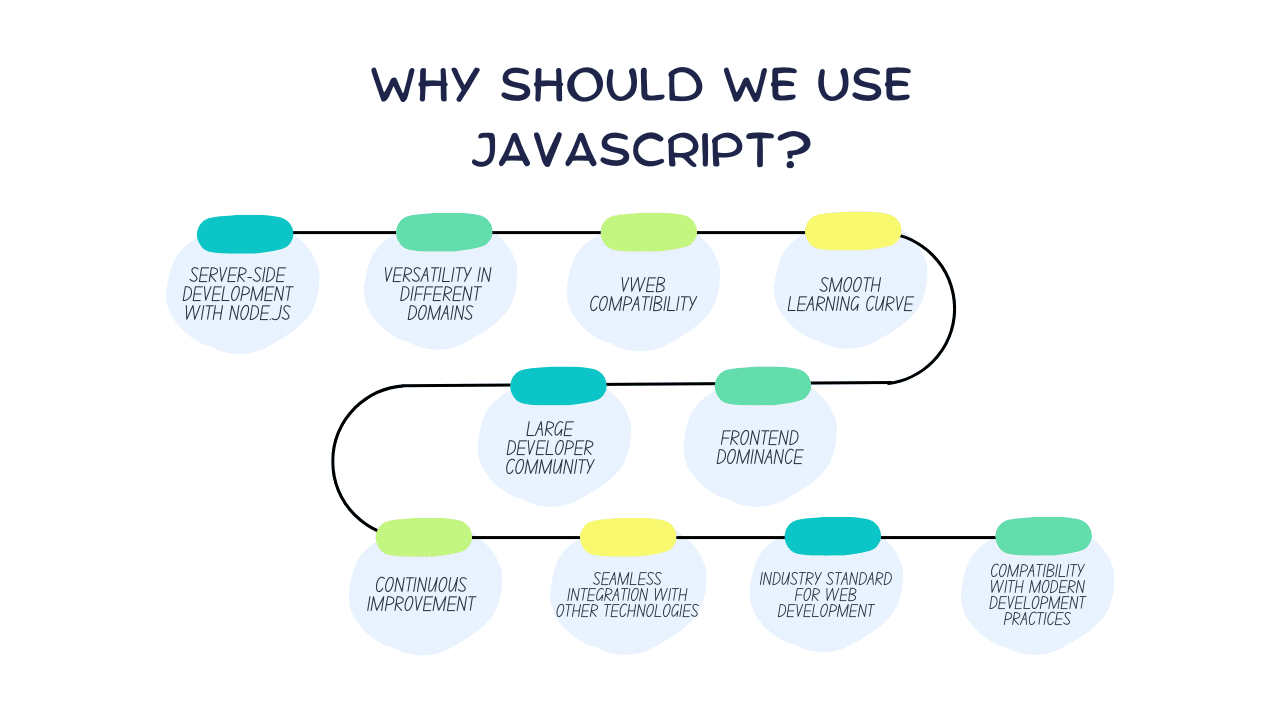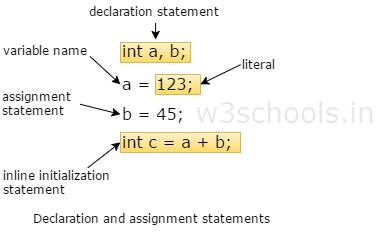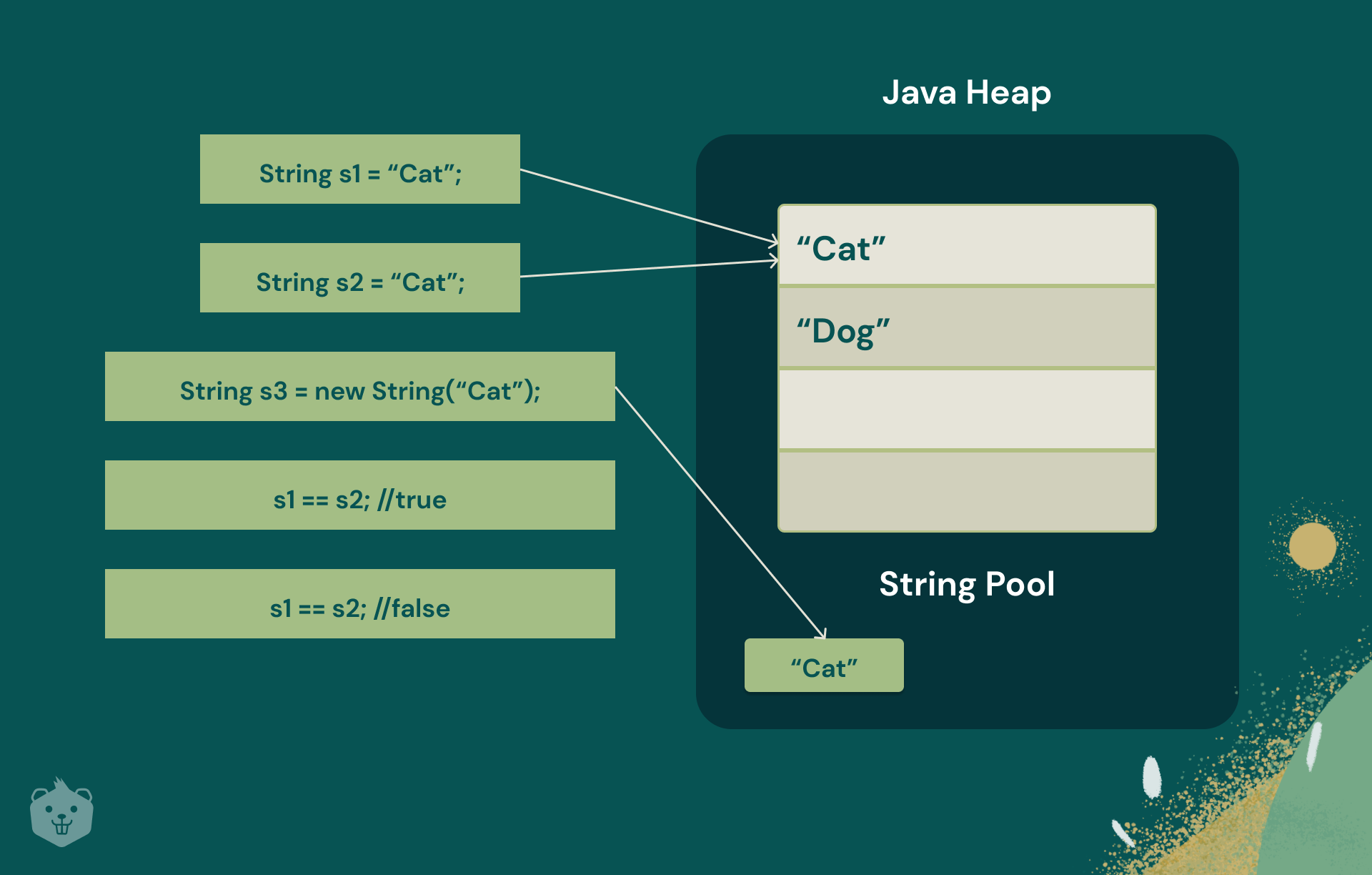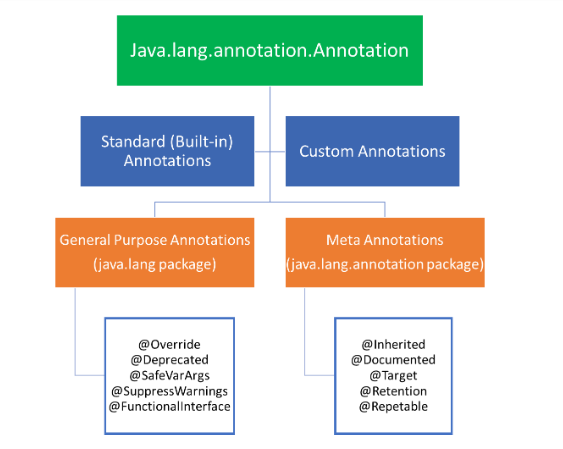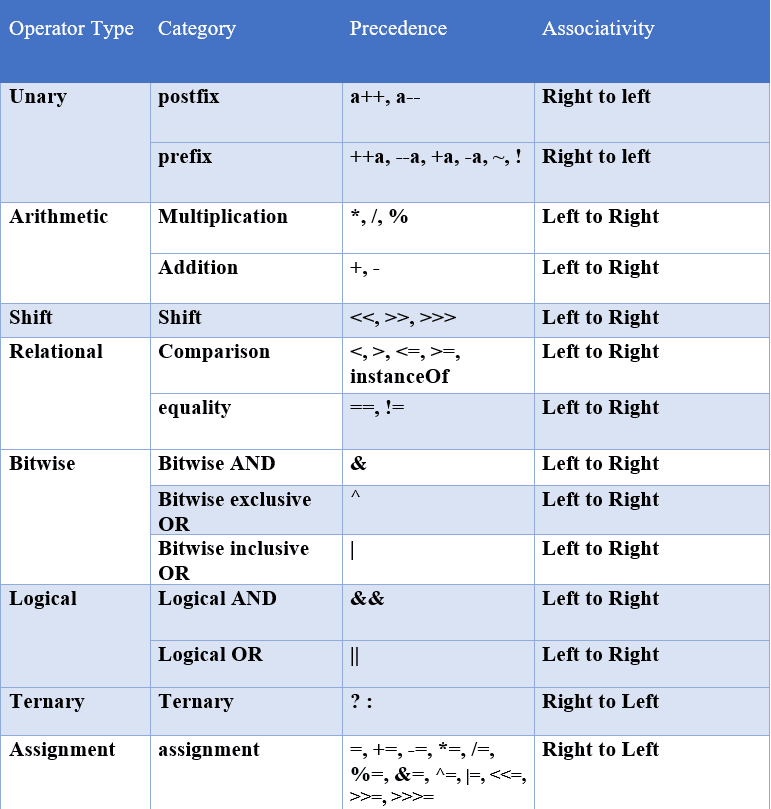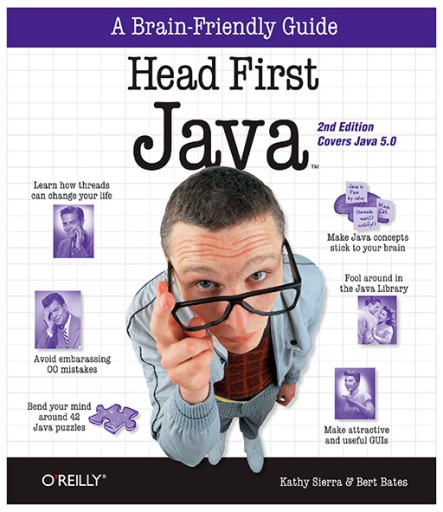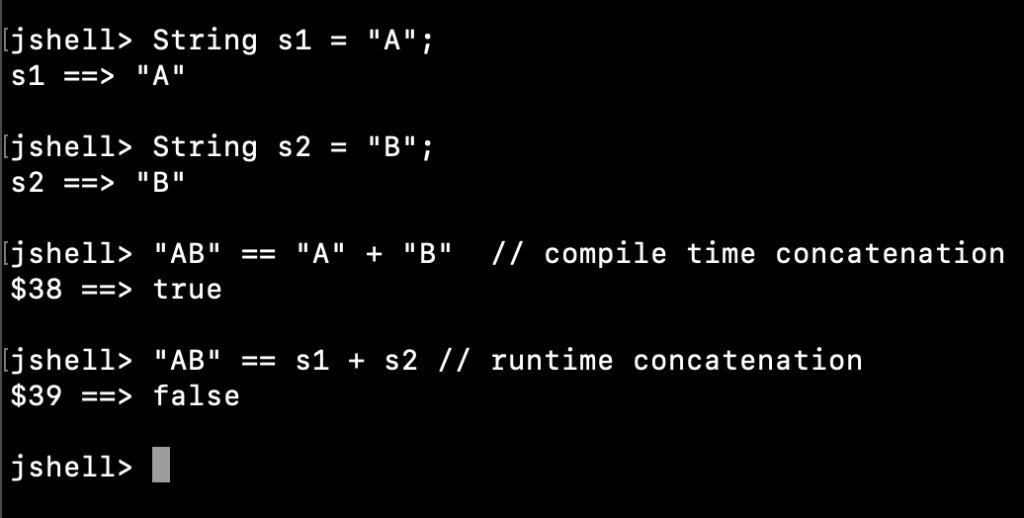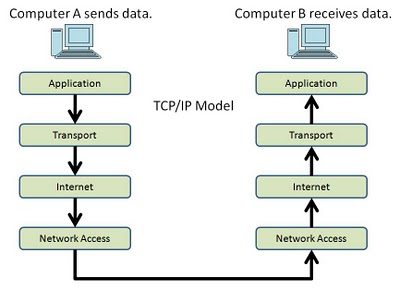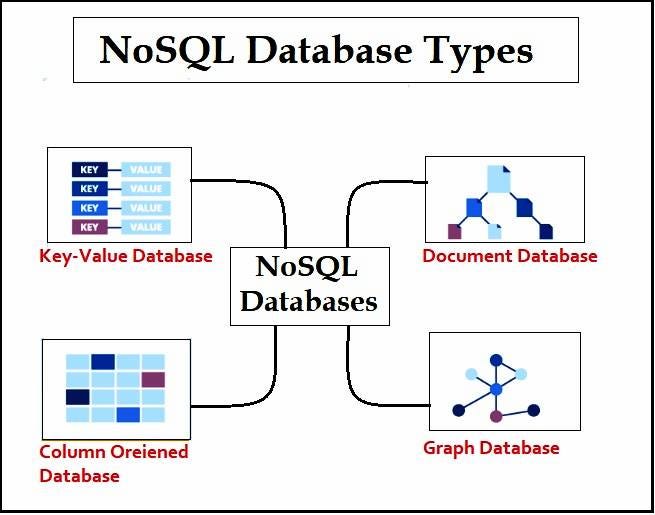Java dependency maven
Java dependency maven
Java Dependency Management with Maven!
Maven is a powerful build tool that helps manage dependencies between different parts of a software project. In this response, we'll dive into the world of Maven and explore its features for managing dependencies.
What are Dependencies?
In software development, dependencies refer to the external libraries, frameworks, or modules that your project relies on to function correctly. These dependencies can be third-party libraries, APIs, or even other parts of your own project. Effective management of dependencies is crucial to ensure your project builds and runs smoothly.
Maven's Dependency Management Features
Maven provides several features for managing dependencies:
Dependency Declaration: In yourpom.xml file (the core configuration file for Maven projects), you can declare the dependencies required by your project using the <dependencies> element. Version Control: You can specify the exact version of a dependency or use placeholders like LATEST or RELEASE to get the latest available version. Dependency Resolution: Maven automatically downloads and resolves the declared dependencies, making sure they're present in your project's build path. Transitive Dependencies: When you declare a dependency that depends on another library, Maven takes care of downloading both dependencies, ensuring everything is properly linked.
Example: Declaring Dependencies in pom.xml
Here's an example snippet from a pom.xml file:
org.apache.commons
commons-lang3
3.12.0
junit
junit
4.13.1
test
In this example, we're declaring two dependencies: Apache Commons Lang Library (version 3.12.0) and JUnit Testing Framework (version 4.13.1). We've also specified the scope for JUnit as test, meaning it's only used during testing.
Maven Repositories and Proxies
Maven maintains a vast network of repositories where dependencies are stored. These repositories include:
Central Repository: The official Maven repository, storing thousands of open-source libraries. Local Repository: A cache on your machine, storing copies of downloaded artifacts for faster access.You can also configure proxies to speed up the download process by caching frequently accessed resources locally.
Tips and Tricks
Usemvn dependency:tree to visualize your project's dependencies and their relationships. Employ Maven's built-in plugin, maven-dependency-plugin, to analyze and report on your project's dependencies. Consider using a Dependency Management Tool like Apache Ivy or Gradle for more advanced features and customization.
Conclusion
Maven's dependency management features provide a robust framework for managing the complex web of dependencies in modern software projects. By mastering these features, you'll be able to efficiently manage dependencies, ensuring your project builds and runs smoothly. Happy building!
What is dependency injection in Java interview questions?
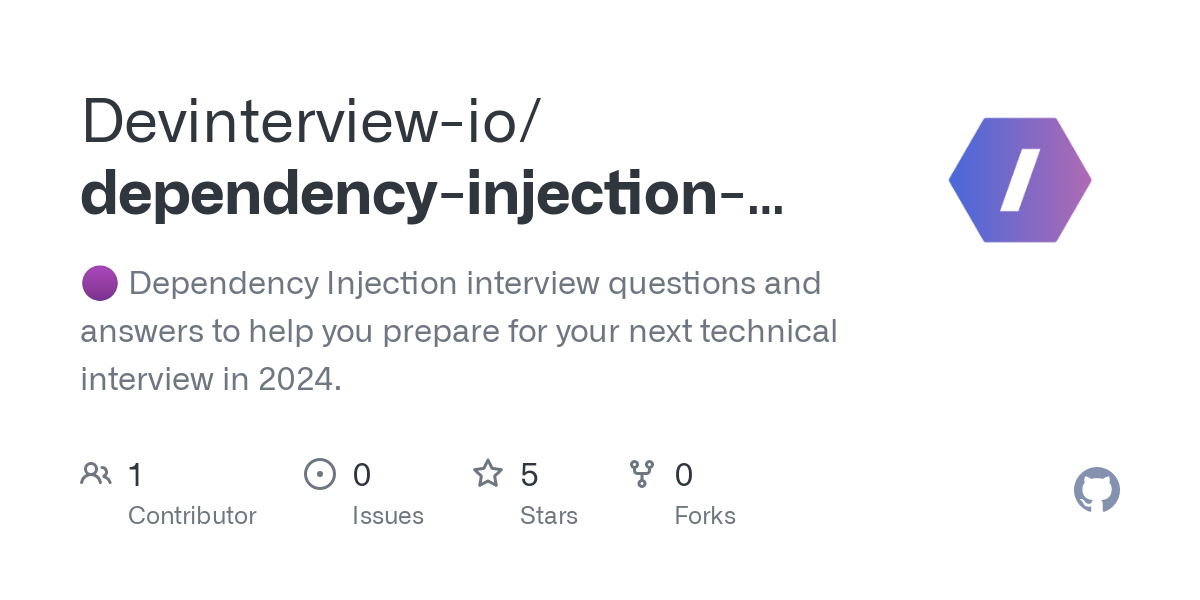
I'd be happy to explain what dependency injection is and provide some common interview questions related to this concept in Java.
What is Dependency Injection?
Dependency injection (DI) is a software design pattern that allows components to be loosely coupled, making it easier to test, maintain, and extend the system. In traditional coupling, objects are tightly connected through constructors or methods, which makes them hard to change independently. DI helps eliminate this tight coupling by injecting dependencies into an object, rather than having the object create its own dependencies.
In Java, DI is commonly implemented using frameworks such as Spring, Guice, and Google's Inject. It allows you to define interfaces for your dependencies and inject instances of those dependencies into your objects. This decouples your objects from their dependencies, making it easier to switch between different implementations or test them in isolation.
Common Interview Questions about Dependency Injection in Java
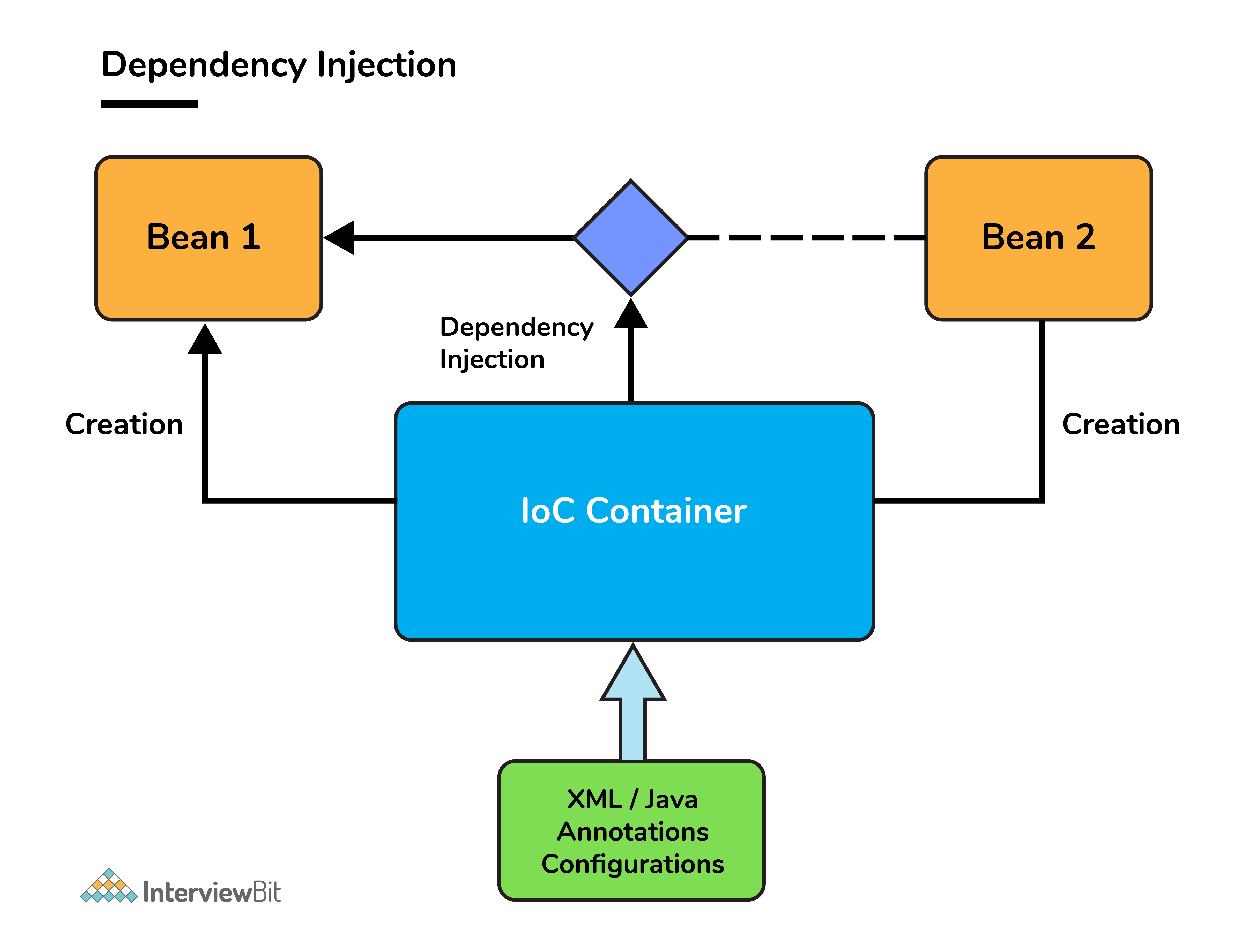
Answer: The primary goal of dependency injection in Java is to reduce coupling between objects by injecting dependencies rather than having them create their own.
How does Spring's @Autowired work in Java?Answer: Spring's @Autowired annotation allows you to inject dependencies into an object, making it easy to decouple objects from their dependencies and improve testability.
Answer: The key advantages of using DI in Java include improved maintainability, easier testing, and reduced coupling between objects.
Can you explain the difference between constructor injection and setter injection?Answer: In constructor injection, dependencies are passed to an object through its constructor. Setter injection involves setting dependencies on an object after it has been constructed.
How do you handle multiple constructors or no-arg constructors when using dependency injection in Java?Answer: You can use the @ Qualifier annotation or @Inject with a specific method to specify which constructor or setter to use for injection.
Answer: Interfaces play a crucial role in DI, as they define the contracts that objects must fulfill. This allows you to decouple your objects from their dependencies and switch between different implementations.
Can you provide an example of using Guice's @Inject annotation for dependency injection in Java?Answer: Yes, here is a simple example:
@Singleton
public class MyService {
@Inject
public MyService(Database database) {
// Use the injected database instance
}
}
Answer: To resolve circular dependencies, you can use a combination of @Provides and @Singleton annotations, along with careful consideration of your object's lifetimes.
Answer: Key best practices include using interfaces to define contracts, injecting dependencies through constructors or set methods, and minimizing the number of dependencies an object has.
How does dependency injection improve testability in Java?Answer: By decoupling objects from their dependencies, DI makes it easier to write unit tests for your code, as you can mock out dependencies and focus on testing individual components.
These questions and answers should provide a solid foundation for understanding dependency injection in Java.
